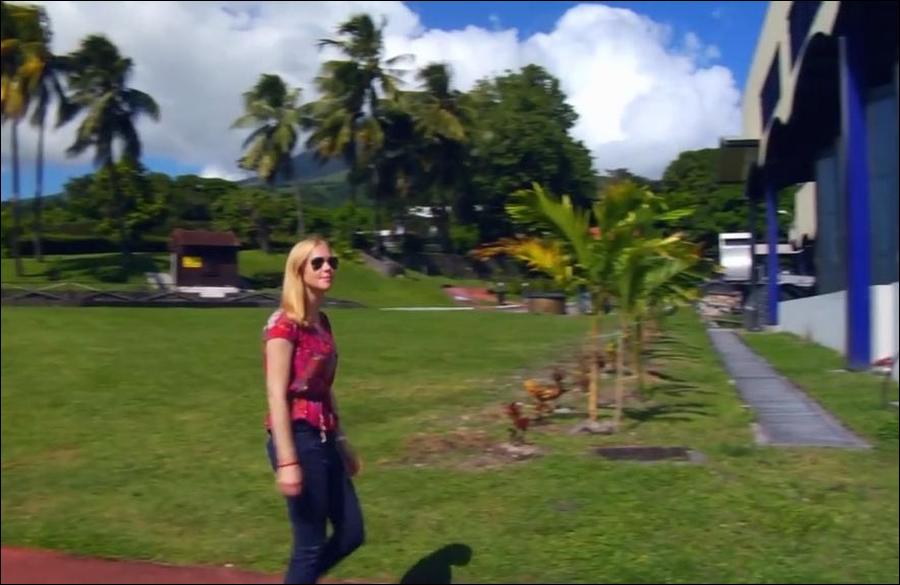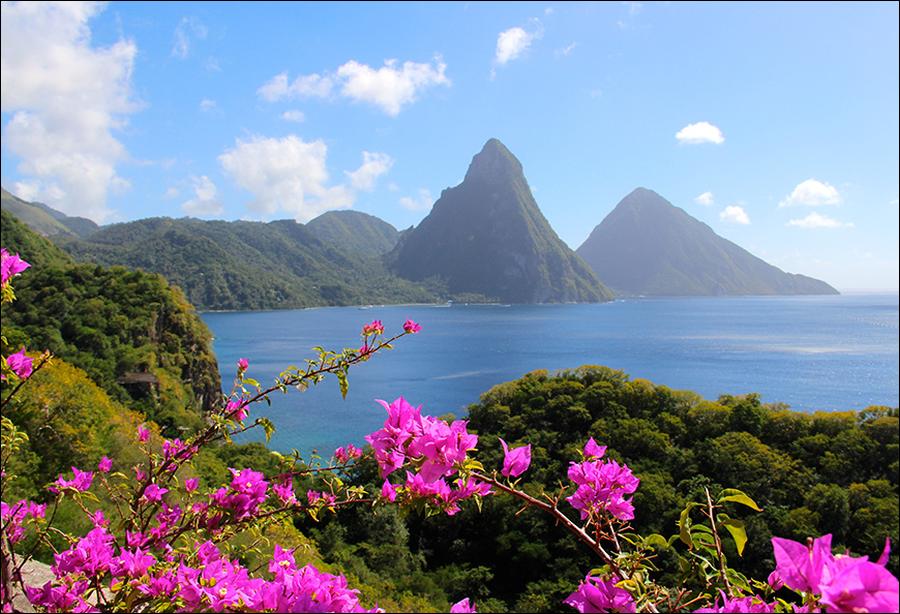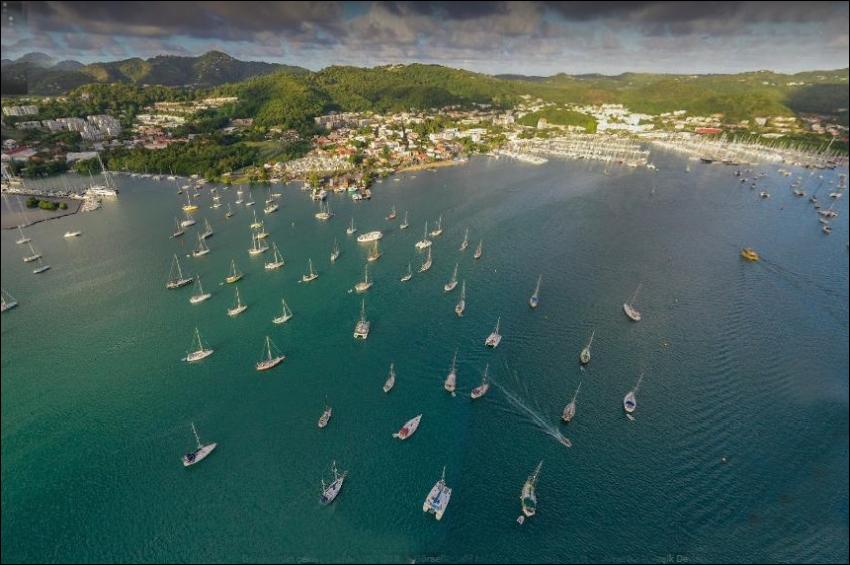Hidden away in Puerto Rico’s Carite Forest is one of the island’s revered culinary traditions – complete with slow-roasted swine and live meringue music.
Early Saturday morning in the hills of Puerto Rico, local chefs along a route known as the Pork Highway gathered their marinated, 150lb swines, skewered them nose to toes and hoisted them over spits for eight hours of slow roasting. As the sun rose, they sliced plantains to prepare tostones (twice-fried green plantains) and boiled gandules (pigeon peas) with rice. By mid-afternoon, the smoke from the kitchens would clear and the strip of road along PR-184 would suddenly overflow with locals, hungry for food and live meringue music.
Related article: Puerto Rico’s contrasting eco-parks
Hidden away in Puerto Rico’s Carite Forest, Guavate, a small town in the mountainous Cayey region, is the kind of place that makes hotel concierges say, “You want to go there?” Fifty kilometres outside of the colonial capital San Juan, Guavate is far from the island’s popular casinos and pristine sands. Escaping the crowded beaches, however, gives a grander perspective on the authentic Puerto Rican lifestyle, especially if you are looking to experience one of the island’s revered culinary traditions – eating at a lechonera, a restaurant that specializes in lechón, or whole roasted pig, open every Saturday and Sunday.
Pigs were originally brought to the island from Spain during Christopher Columbus’ second voyage in 1493, and they have been a staple in Puerto Rican cuisine ever since. Add to that a change in rule from native Taíno to Spanish to the American commonwealth it is today, and Puerto Rico’s eclectic menu reflects its historic roots with Caribbean flare. In addition to pork, the lechoneras of Guavate serve mile-high platters of traditional dishes, from sweet plantains (amarillos) to blood sausage (morcilla).
Setting off with empty stomachs, my boyfriend and I asked the front desk at our hotel for directions, but the clerk raised her eyebrows in alarm. “Trust me,” she said. “You don’t want to go, there. It’s just a big party in the jungle.”
Was her hesitance to disclose the location an attempt to steer us clear of perilous jungle territory? Or was she trying to protect a secret spot known mostly by locals? Whatever her motivation, she finally caved and penned a jagged line down PR-184, marking an X in the middle of nowhere.
Driving away from the beach, we merged onto the easily navigable Highway 52, where 55km later we took a sharp left onto PR-184. Winding through the hills, the surrounding forest enclosed the road in a verdant canopy, with roadside kiosks sprouting out of it to sell empanadas (meat and potato-filled fried pastries), mofongo (mashed plantains filled with meat and vegetables, served in savoury sauce) and beach towels bearing graphics of bikini-clad women. The high-pitched chirps of coqui frogs echoed among the vines. When our iPhone lost service and the poorly drawn map failed, we used our senses to navigate.
Windows down, we first smelled the smoke. Then, as we rounded the curve, Pork Highway came to life — a buxom woman blended pina coladas and served them in pineapple cups; a man in a straw hat played a guiro (a percussion instrument made from a hollowed gourd); and to the beat of salsa, chefs swung machetes, chopping the pigs into bite-sized morsels. Dozens of open-air lechoneras like El Monte, El Tabonuco, and Los Piños lined the streets, with swines proudly presented on window-front grills, diners filling the indoor picnic tables and crowds taking to the large dance floors. While easy to spot upon arrival, the lechoneras are so remote, they do not have addresses or phone numbers.
We settled on El Rancho Original, the first locale that opened on the highway. There, the vibrations of salsa music and dancing feet shook the walls as we hopped in line to order at the counter. Piled high with cassava, cuajo (stewed pork stomach) and longaniza (Spanish sausage), the dishes took up an entire table inside the creek-side bungalow. The lechón merited its own table.
With orange soda and food in hand, we scuttled through the boisterous crowd, shaking our hips and nodding at the people we passed as we held our plates overhead. While the cuts remained mysterious — it is difficult to know whether you are eating leg, shoulder or tail when the meat is cut with a machete — the tender and juicy texture complimented the caramelised skin made crisp by hours of slow roasting.
Bellies full, we drove back down PR-184 following the falling sun toward the Caribbean Sea, cruising along the coast to reach Ponce, a colonial port town where long ago pirates raided Spanish ships coming into the harbour. As the sun set, the boats creaked and wailed along the docks and on the pier, everyone sipped pina coladas and danced, once again, to live salsa music. “Asi es la vida,” they sang, “Such is life.”



